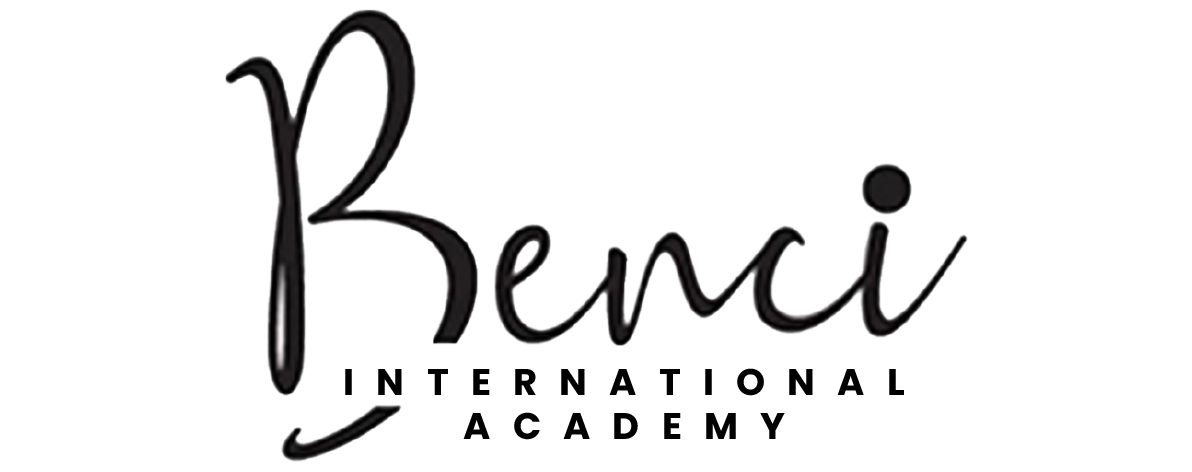Nail extensions have become a popular trend, allowing you to achieve long, beautiful nails even if your natural nails are short or prone to breaking. Among the various options available, acrylic, gel, and dip powder nail extensions are the most sought-after. In this comprehensive guide, we’ll explore the differences, advantages, and considerations of each method to help you make an informed choice for your nail extension needs.
Understanding Nail Extensions
Before diving into the comparison, let’s clarify what nail extensions are. Nail extensions are artificial enhancements that add length and strength to your natural nails. They are typically applied to the tips of your nails or over nail forms (custom-shaped stickers) to create the desired length and shape. Nail extensions can be a great solution for individuals who want to enjoy longer, more durable nails without the wait of natural nail growth.
Acrylic Nail Extensions
1. Composition: Acrylic nail extensions are created by mixing a liquid monomer with a powder polymer. This mixture forms a dough-like substance that can be sculpted onto your natural nails or tips.
2. Durability: Acrylic nails are known for their durability and longevity. They are less prone to chipping and breaking compared to natural nails.
3. Appearance: Acrylic extensions provide a classic, glossy finish. They are versatile and can be customized with various colors and designs.
4. Maintenance: Acrylic nails require regular fills (re-filling the area near the cuticle as your natural nails grow) every two to three weeks.
5. Odor: Acrylic application can produce a strong odor due to the chemicals involved, which some people find unpleasant.
6. Removal: Removing acrylic nails usually involves soaking in acetone, which can weaken the natural nails if not done properly.
Gel Nail Extensions
1. Composition: Gel nail extensions are created using a gel formula that is cured under an LED or UV lamp to harden.
2. Durability: Gel extensions are known for their flexibility and strength. They are less likely to chip or crack.
3. Appearance: Gel extensions provide a natural, glossy appearance that closely resembles the look of natural nails. They can also be customized with various colors and designs.
4. Maintenance: Gel nails also require regular fills every two to three weeks.
5. Odor: Gel nail application typically has a milder odor compared to acrylics.
6. Removal: Removing gel extensions usually involves soaking in acetone, but they may be easier to remove than acrylics.
Dip Powder Nail Extensions
1. Composition: Dip powder nail extensions involve a process where your nails are dipped into a colored powder and sealed with a protective topcoat.
2. Durability: Dip powder nails are highly durable and resistant to chipping and cracking.
3. Appearance: Dip powder extensions offer a matte or shiny finish, depending on the chosen topcoat. They come in a wide range of colors and can also be customized with designs.
4. Maintenance: Dip powder nails tend to require less frequent fills, typically every three to four weeks.
5. Odor: Dip powder application generally has a minimal odor, making it a preferred option for those sensitive to strong smells.
6. Removal: Removing dip powder nails often involves soaking in acetone, similar to acrylic and gel nails.
Factors to Consider When Choosing
Now that you have an overview of each nail extension method, here are some key factors to consider when making your choice:
1. Durability: Acrylic and gel nails are known for their strength and durability, making them ideal for those with an active lifestyle. Dip powder nails also offer excellent durability.
2. Appearance: Consider the finish you prefer, whether it’s glossy (acrylic and gel) or matte/shiny (dip powder). Also, think about your desired nail length and shape.
3. Maintenance: Think about how often you are willing to commit to nail fills, as this can vary among the methods.
4. Sensitivities: If you have sensitivities to odors or allergies to certain chemicals, gel or dip powder nails might be more suitable.
5. Removal: Be aware that all three methods require acetone-based removal, which can weaken natural nails if not done correctly. Professional removal is recommended.
6. Cost: The cost of nail extensions can vary depending on location and salon. Consider your budget for both initial application and maintenance.
7. Nail Technician Skill: Ensure that your chosen nail technician is skilled and experienced in the specific nail extension method you prefer.
8. Personal Preference: Ultimately, your choice may come down to personal preference. You might want to try different methods to see which one suits you best.
Summary
For those who aspire to become skilled nail technicians or simply want to learn more about nail care and nail extensions, Benci International Academy offers a range of courses and resources. Whether you’re interested in mastering acrylic, gel, or dip powder techniques, their expert instructors can provide the knowledge and training you need to excel in the field of nail care and beauty.
Nail extensions offer a fantastic way to achieve the long, glamorous nails you desire. Each method—acrylic, gel, and dip powder—has its unique advantages, and the choice ultimately depends on your preferences and lifestyle. Whether you opt for the durability of acrylic, the natural look of gel, or the ease of dip powder, consult with a skilled nail technician who can help you achieve the stunning nail extensions you’ve always wanted. Remember that proper maintenance and professional removal are essential to ensure the health and integrity of your natural nails.



